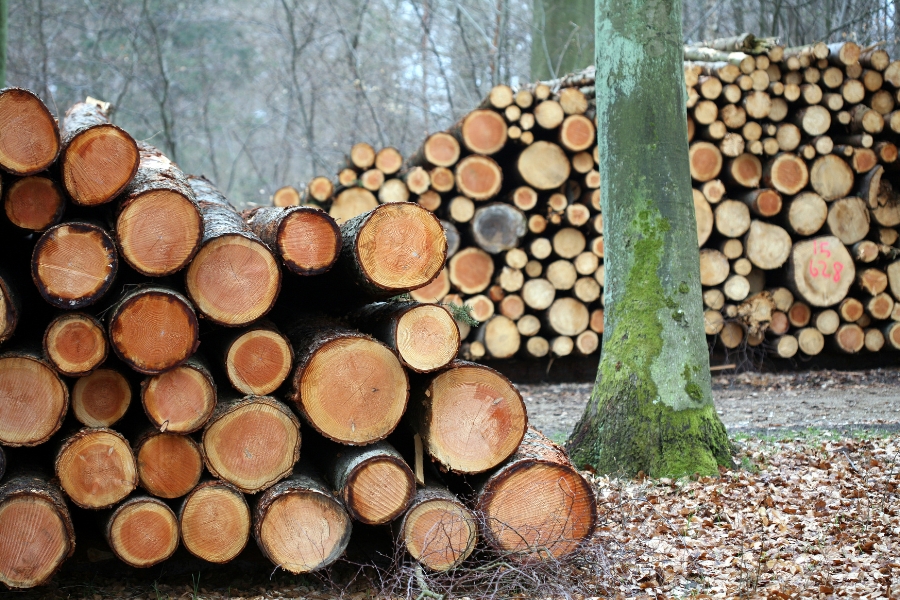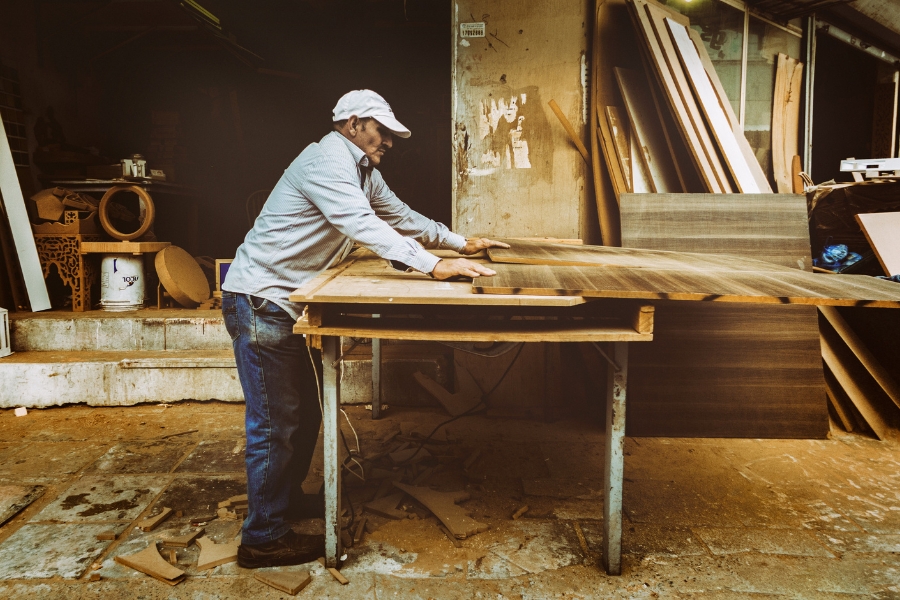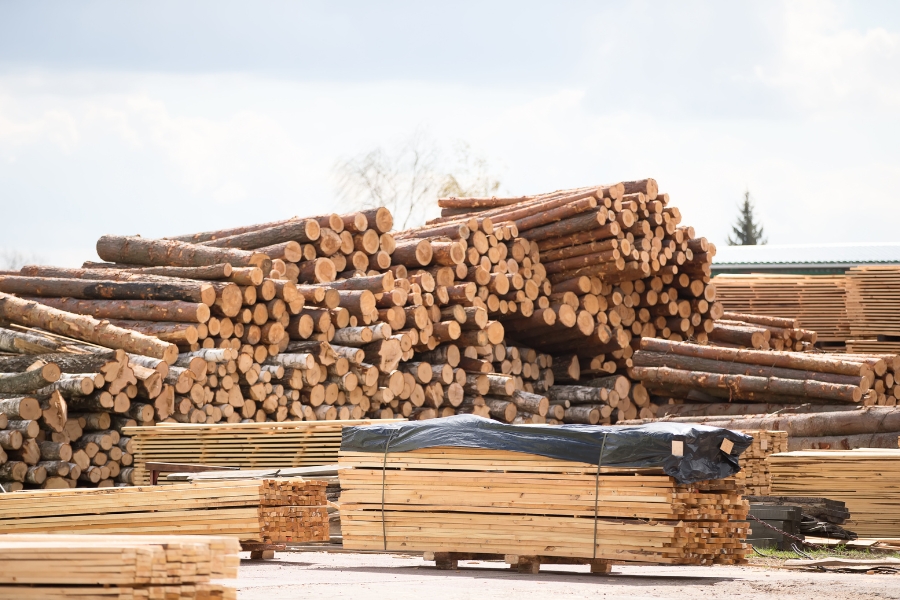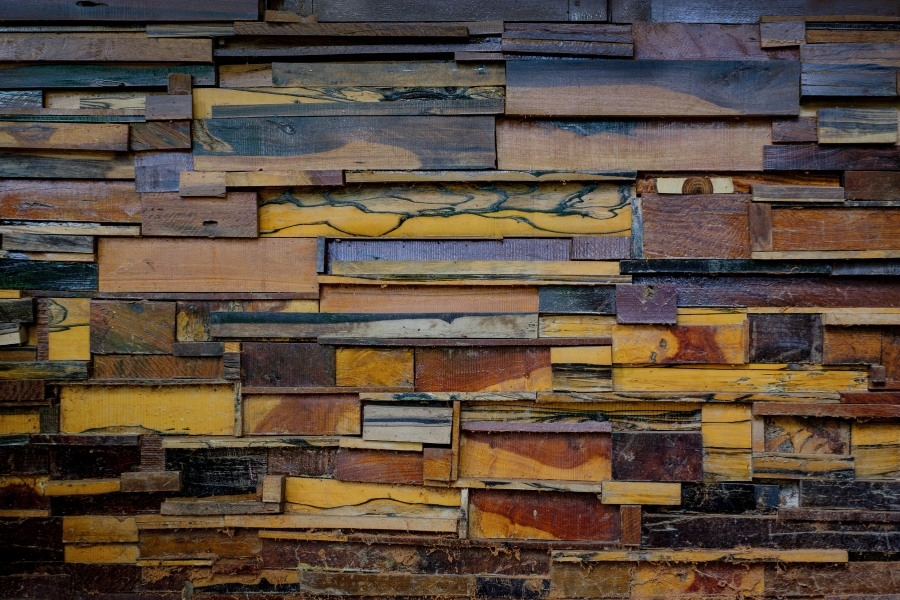When talking about Indonesia’s natural resources, one thing that cannot be overlooked is wood. From the western to the eastern ends of the country, there are many types of local wood of superior quality, many of which are exported due to their durability. But did you know that some types of Indonesian wood have unique uses that not many people know about?
These woods are not only used for construction or furniture but also in various sectors, from household needs to heavy industry. So, what are the unique Indonesian wood types with great potential but haven’t been widely discussed? Let’s take a closer look—maybe they can inspire your next project!
Types of Indonesian Wood and Their Uses
Indonesian wood is not only strong but also has unique characteristics that make it suitable for specific needs. Some are even superior to imported types available on the market. Knowing more about these types of wood can help you choose the right material, whether for your home, creative projects, or other industrial needs. For that reason, we will discuss one by one the types of Indonesian wood that are rarely known to many people!
1. Ulin Wood
Ulin wood comes from Kalimantan and is known for being very hard and resistant to extreme weather. It is widely used as a raw material for heavy construction such as bridges and docks. The advantage of ulin wood is its resistance to water and insects. Because of this property, ulin is suitable for areas that are often exposed to rain or high humidity.
2. Sonokeling Wood
Sonokeling wood has a dark purple hue with artistic grain patterns. These qualities make it ideal for tables, chairs, and musical instruments. In addition to being durable, sonokeling wood is also resistant to cracking. For these reasons, artisans highly value it as a material for high-quality craft products.
3. Merbau Wood
Merbau is renowned for its strength and elegant reddish-brown color. This wood is widely used for floors and parquet due to its luxurious appearance. Besides being aesthetically pleasing, merbau wood is also resistant to termites. Thus, it is ideal for those seeking durable flooring without the need for special maintenance.
4. Dutch Teak Wood
Despite its name “teak,” this wood is actually recycled pine from shipping crates. It is affordable and easy to shape. It is widely used for DIY furniture and home decor. Its advantages include being lightweight, easy to process, and giving a rustic vibe that is currently trendy.
5. Kruing Wood
Kruing wood originates from the tropical forests of Kalimantan and Sumatra. It is suitable for use as structural material for buildings or bridges. It has high resistance to pressure and hot weather. Therefore, many contractors rely on kruing wood for large-scale projects.
6. Sengon Wood
Sengon is widely used for plywood and packaging material. Its main advantage is that it grows quickly and is easy to replant. For those who need affordable yet functional material, sengon wood is the best choice. No wonder it is a staple in the medium-scale industry.
7. Mahogany Wood
Mahogany is often used as a substitute for teak due to its elegant appearance and more affordable price. Its wood fibers are smooth and easy to process, making it widely used for furniture and musical instruments. Besides being beautiful, this wood is also easy to stain or finish.
8. Albasiah Wood
Albasiah, or coastal sengon, is known for being lightweight and easy to split. It is typically used for manufacturing materials like plywood and partitions. Despite its lightness, it has sufficient durability for interior applications. Additionally, the albasiah tree matures quickly, making it more environmentally friendly.
Well, there you have it—a list of Indonesian wood types and their uses that many people may not be familiar with. From the extremely hard ulin to the lightweight and practical albasiah, each has its own advantages that can be tailored to specific needs.
So, if you’re looking for strong, aesthetic materials with high local value, there’s no need to look elsewhere. Indonesian wood has proven its quality and can be the perfect choice for various projects, whether small-scale, medium-scale, or large-scale industrial projects.
In essence, getting to know local wood types not only helps you make wiser material choices but also supports the utilization of our nation’s natural resources. And for those of you in need of high-quality wood products with a wide range of options, check out Hojaya’s product catalog. From construction wood to industrial needs, everything is available with the best quality and professional service.
Let’s support local products while bringing your wood projects to life with Hojaya!





